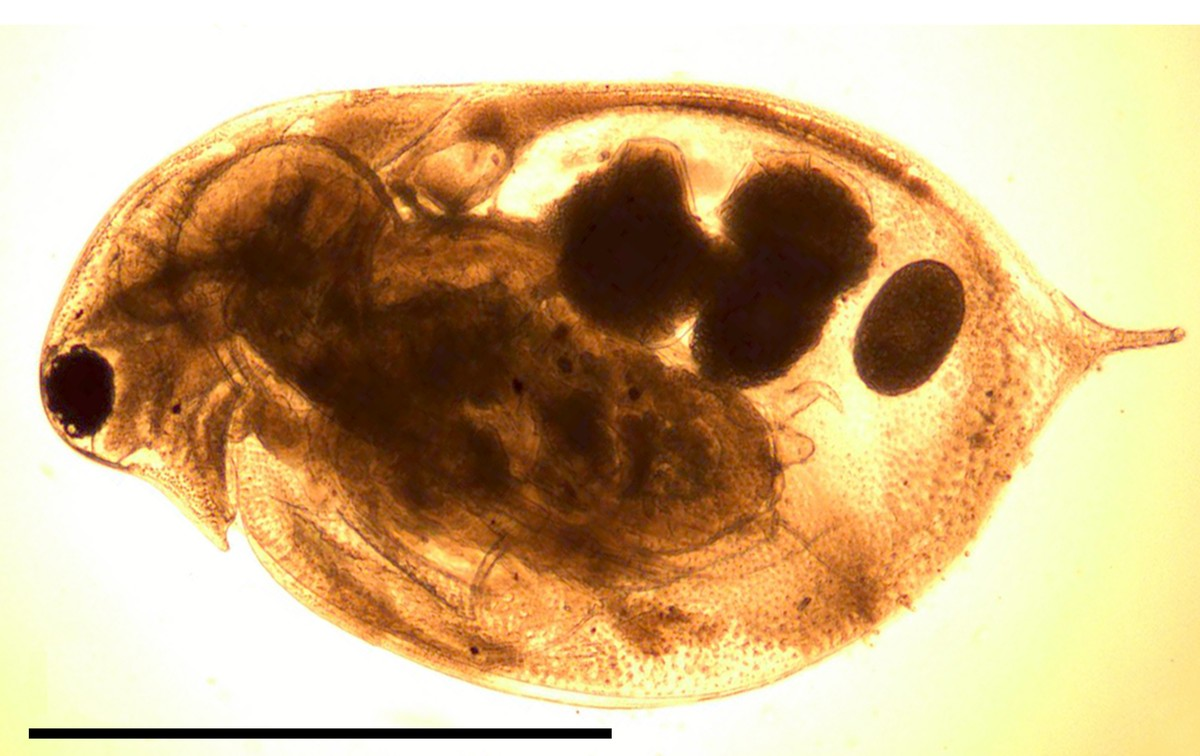
In the scientific literature, as well as in the media, there are more and more reports of the appearance in various regions of the globe of animals and plants that were not previously characteristic of them. Many organisms have been accidentally transported thousands of kilometers by humans, for example, transported by sea vessels. In a number of cases, they were deliberately introduced for economic purposes, but then they settled uncontrollably and began to harm nature and humans (rabbits in Australia, hogweed in European Russia, etc.). We can say that at the present time, thanks to rash human activities, there is a general mixing of the faunas and flora of the globe.
Most of the efforts of scientists are focused on the study of large invaders, as well as species the introduction of which had devastating consequences for ecosystems. Many people know the history of the appearance in the European part of Russia of the Colorado potato beetle, elodea and rotan fish. Materials on this topic can be found in the "Russian Journal of Biological Invasions", which has become a very famous publication on this topic. The most dangerous species for nature are listed in the book “The Most Dangerous Invasive Species of Russia (TOP-100) (ed. By Yu.Yu. Dgebuadze, V.G. Petrosyan, L.A. Khlyap).
At the same time, cases of successful introduction of small animals are much less studied, although among them there are many species that pose a threat to ecosystems. Among the water fleas (cladocerans), several species have been documented to radically alter the water bodies in which they entered. But for most species, cases of invasions have not been documented, which largely reflects their insufficient knowledge. Genetic works devoted to different groups of species of water fleas immediately revealed the presence of some species of these crustaceans in new habitats, and their appearance there is highly likely due to accidental introduction as a result of human activity. Crustaceans lay resting eggs, which can attach to various objects, as well as be carried in tanks with ships' ballast water and remain in the water when fish migrate from one reservoir to another for the purpose of breeding them.
Employees of the A.N. Severtsov Institute of Ecology and Evolution RAS and I. D. Papanin Institute for Biology of Inland Waters RAS studied by genetic methods numerous populations of the species Daphnia curvirostris (= "Daphnia snub-nosed") from European Russia, primarily from the Volga basin. An extremely interesting population was discovered in the only pond located on Samarskaya Luka - a large bend of the Volga between the cities of Togliatti and Samara. The studied females for the mitochondrial COI gene split into two well-separated groups, one of which belonged to the typical Daphnia curvirostris, and the second to Daphnia korovchinskyi, which lives exclusively in the Far East of the Russian Federation. For nuclear genes, the first group was homozygous (that is, both DNA strands were characteristic of typical D. curvirostris), and the second were heterozygous (they carried one strand from the first species, and the second from D. korovchinskyi). The second group consists of hybrids of two types. Moreover, “pure” D. korovchinskyi was not found, but its traces remained “at the crime scene”, which indicate that there was a drift, but the species did not manage to take root in the new conditions.
The presence of genes from a Far Eastern species in the Volga population can only be explained by the fact that some time ago it was introduced into the Volga basin through human activity, formed hybrids with a local species, but did not survive. It is unclear how it got into the Volga basin, but this path is clearly associated with human activity. For example, through the Khabarovsk Territory, where D. korovchinskyi lives, there is a route of mass transportation of used cars from Japan and Korea. Resting eggs of daphnia could accidentally stick to their wheels and get to the Volga. The research results are published in the journal "Water".
“Such discoveries became possible only after the external structure and gene sequences of many species of the genus Daphnia were studied. Obviously, studies of other genera of cladocerans and other groups of freshwater animals will lead to the identification of new cases of introduction of unusual animals in many regions of the Russian Federation”, says the head of these works, Doctor of Biological Sciences, Corresponding Member of RAS A.A. Kotov.
The work was carried out within the framework of the RFBR project 20-34-70020.
Signature. Daphnia curvirostris from Samarskaya Luka.
Article
Karabanov D.P., Garibian P.G., Bekker E.I., Sabitova R.Z., Kotov A.A., 2021. Genetic Signature of a Past Anthropogenic Transportation of a Far-Eastern Endemic Cladoceran (Crustacea: Daphniidae) to the Volga Basin. Water 13 (18): 2589. https: //doi.org/10.3390/w13182589
